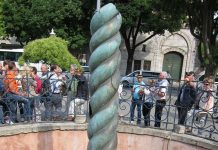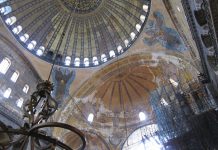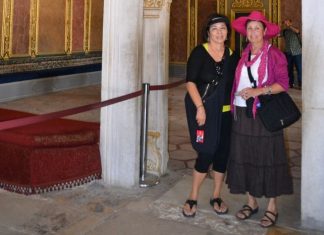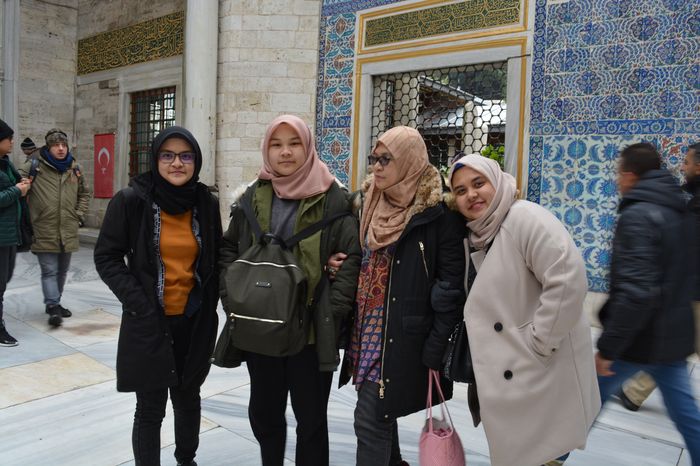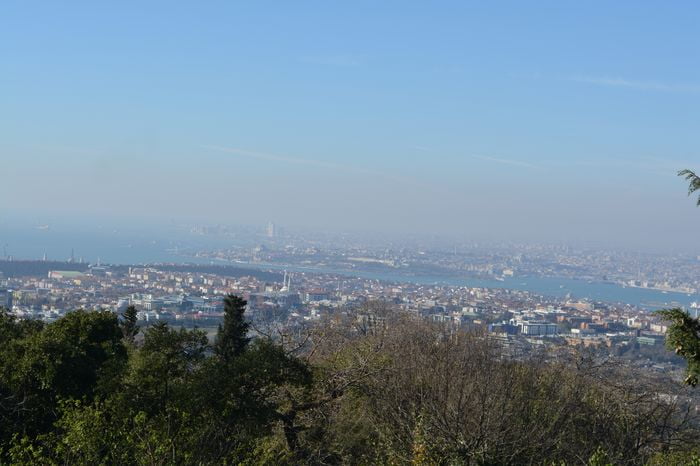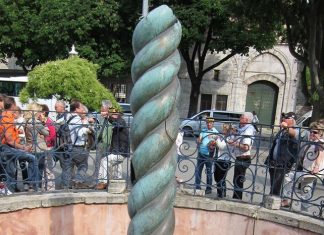Beyazit Square A Hub of Activity
Beyazit Square, situated at the heart of its namesake district in Istanbul’s historical peninsula, serves as a focal point where the city’s major transportation routes converge. Initially known as Independence Square (İstiklal Meydanı) for a brief period, its history traces back to the year 393 during the reign of Emperor Theodosius. Originally named “Forum Tauri,” the square boasted a grand triumphal column adorned with a statue of the emperor and bronze bull heads.
A Glimpse of the Past
Although much of its former glory has faded, remnants such as marble blocks and columns serve as silent witnesses to its illustrious past. The grand fountain, once a prominent feature in the northern part of the square, has since been lost to time. Adjacent to the square lies the University of Istanbul, occupying the site where Fatih the Conqueror built his first palace. The monumental entrance gate and the fire-watch tower within the university’s garden date back to the 19th century, adding to the area’s historical charm Exploring Istanbul’s Iconic Bazaars.
Beyazit Mosque A Symbol of Faith
Gracing the square is the iconic Beyazit Mosque, a symbol of Istanbul’s rich religious heritage. With a history spanning over five centuries, the mosque stands as a testament to Ottoman architecture. Surrounding the mosque are remnants of its complex (külliye), including a madrasa, a bathhouse, and shops, each echoing the vibrant cultural tapestry of the area.
Preserving a Legacy The Porters’ Guild
In the bygone era of the Ottoman Empire, hamals, or porters, played a vital role in Istanbul’s bustling trade scene. Carrying goods on their backs and by hand, these porters navigated the city’s streets, which were not conducive to wheeled transportation. Comprising around 4,000 to 5,000 Turkish and Anatolian Armenian porters, they were selected by municipal administrators and constabularies based on their honesty, physical fitness, and payment of porter’s tax.
Guild Membership and Community
Operating in organized guilds, porters would congregate at the entrances of traders’ offices in neighborhoods like Tophane and Galata. These guilds provided a sense of community and support for the porters, whose guild building resembled a barracks and was located near the historic Tahtakale post office, now known as Telekom Bulgaria Private Tours.
Beyazit Square stands as more than just a geographical center; it is a vibrant intersection of history, culture, and commerce. From its ancient origins to its bustling present-day activity, the square continues to be a testament to Istanbul’s enduring legacy and the resilience of its people.

